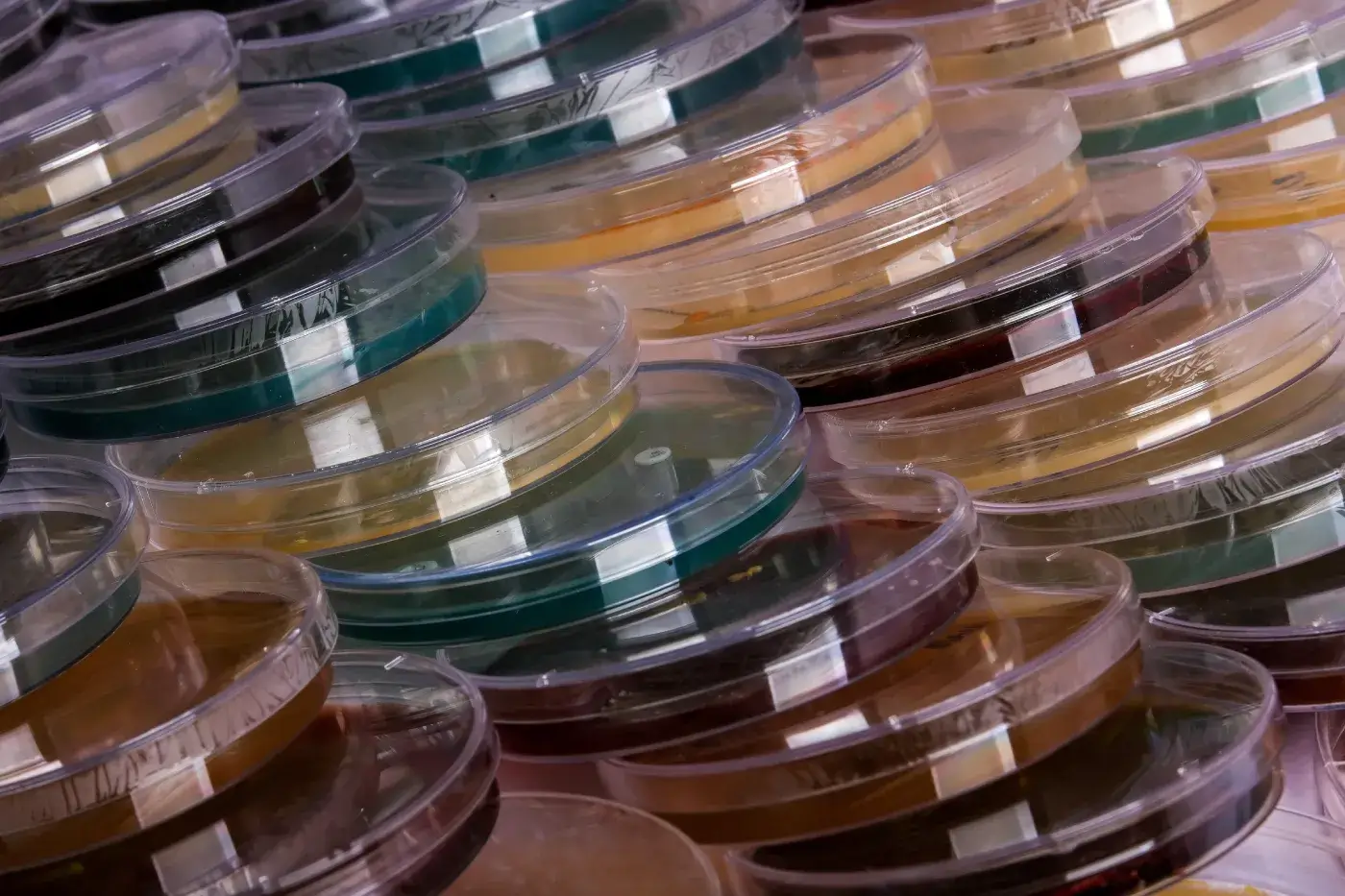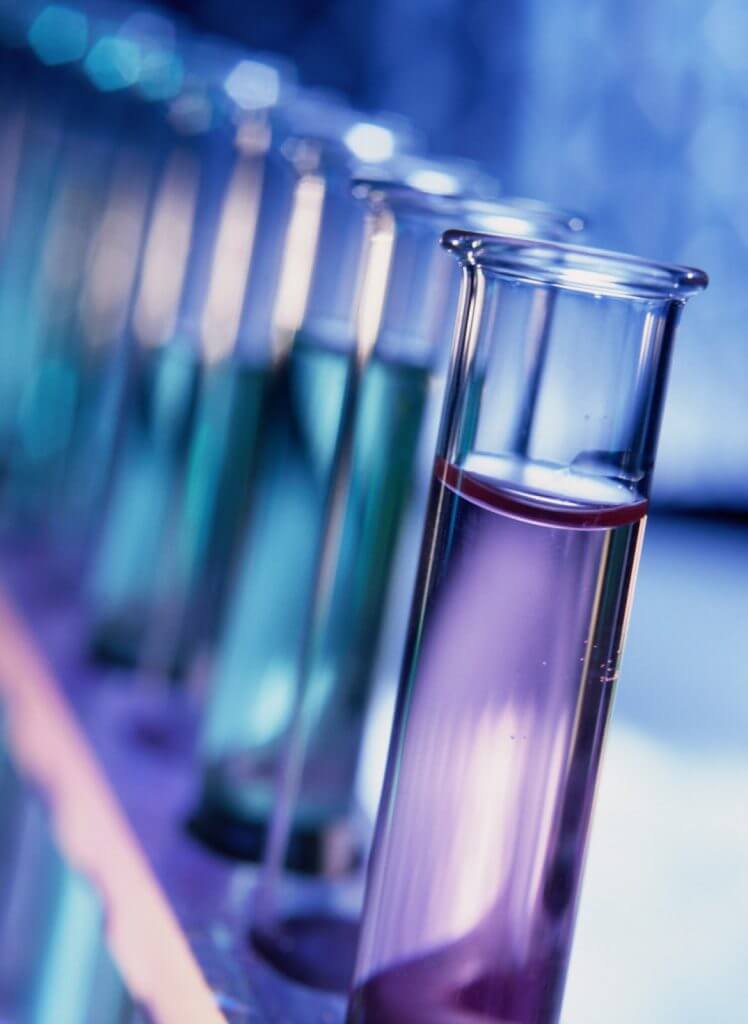Learn About Psilocybe Mushrooms and Cultivation
Welcome to Atlas Spores Mycology Learning Hub
At Atlas Spores, we are dedicated to providing high-quality, lab-tested spore syringes and liquid cultures to help mycologists of all experience levels succeed. This page serves as a quick comprehensive guide to Psilocybe mushrooms, their spores, cultivation techniques, and best practices to help with a successful and contamination-free experience.
Understanding Psilocybe Mushrooms
Psilocybe is a genus of fungi known for its psychoactive properties due to the presence of psilocybin and psilocin. These compounds interact with serotonin receptors in the brain, leading to altered perception, introspection, and enhanced sensory experiences. Some of the most well-known species include:
- Psilocybe cubensis – One of the most popular and widely cultivated species, known for its ease of growth.
- Psilocybe cyanescens – Also called “wavy caps,” this species is more potent than P. cubensis and thrives in wood-based substrates.
- Psilocybe azurescens – Among the most potent species, often found in coastal regions in woody debris.
To learn more about different Psilocybe species and their characteristics, visit our Strain Guide.
How Psilocybe Mushrooms Spread Their Spores
Psilocybe mushrooms release spores as part of their natural life cycle, allowing them to colonize new environments. Their spores are microscopic and are dispersed by wind, rain, and animal interactions. Proper understanding of spore dispersal mechanisms can help cultivators successfully propagate these mushrooms.
Storing and Handling Psilocybe Spore Syringes Properly
To maintain spore viability, follow these storage guidelines:
- Store syringes in a cool, dark place, preferably a refrigerator.
- Avoid extreme temperature fluctuations, which can reduce viability.
- Use sterile tools and techniques when handling to prevent contamination.
Learn More & Get Started Today
Atlas Spores is committed to helping mycologists grow and research Psilocybe mushrooms successfully. Whether you’re a beginner or an experienced cultivator, our resources will guide you through every step of the process. Ready to start cultivating?
Browse our Premium Psilocybe Spore Syringes and explore our Blog to expand your knowledge and refine your techniques!




